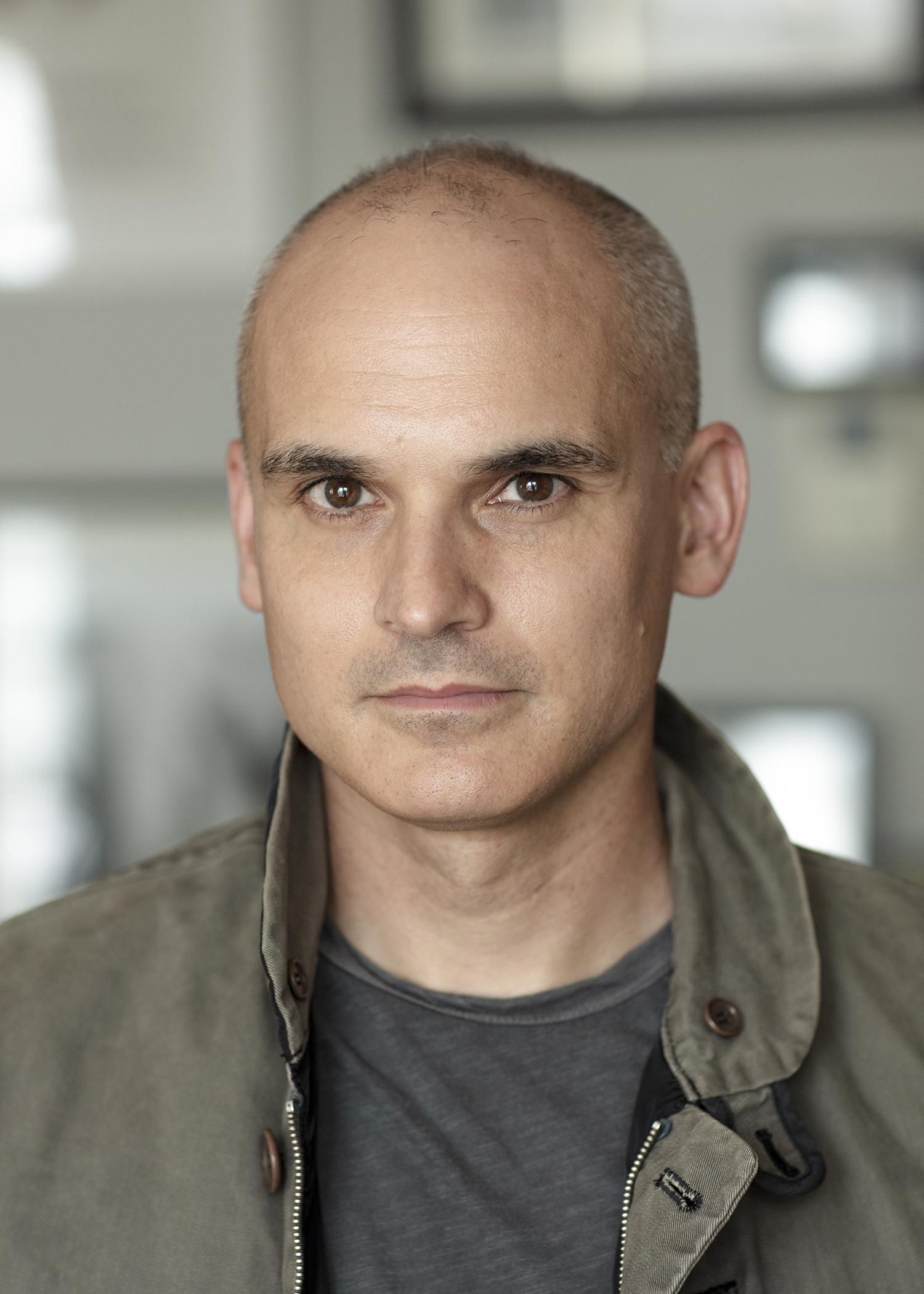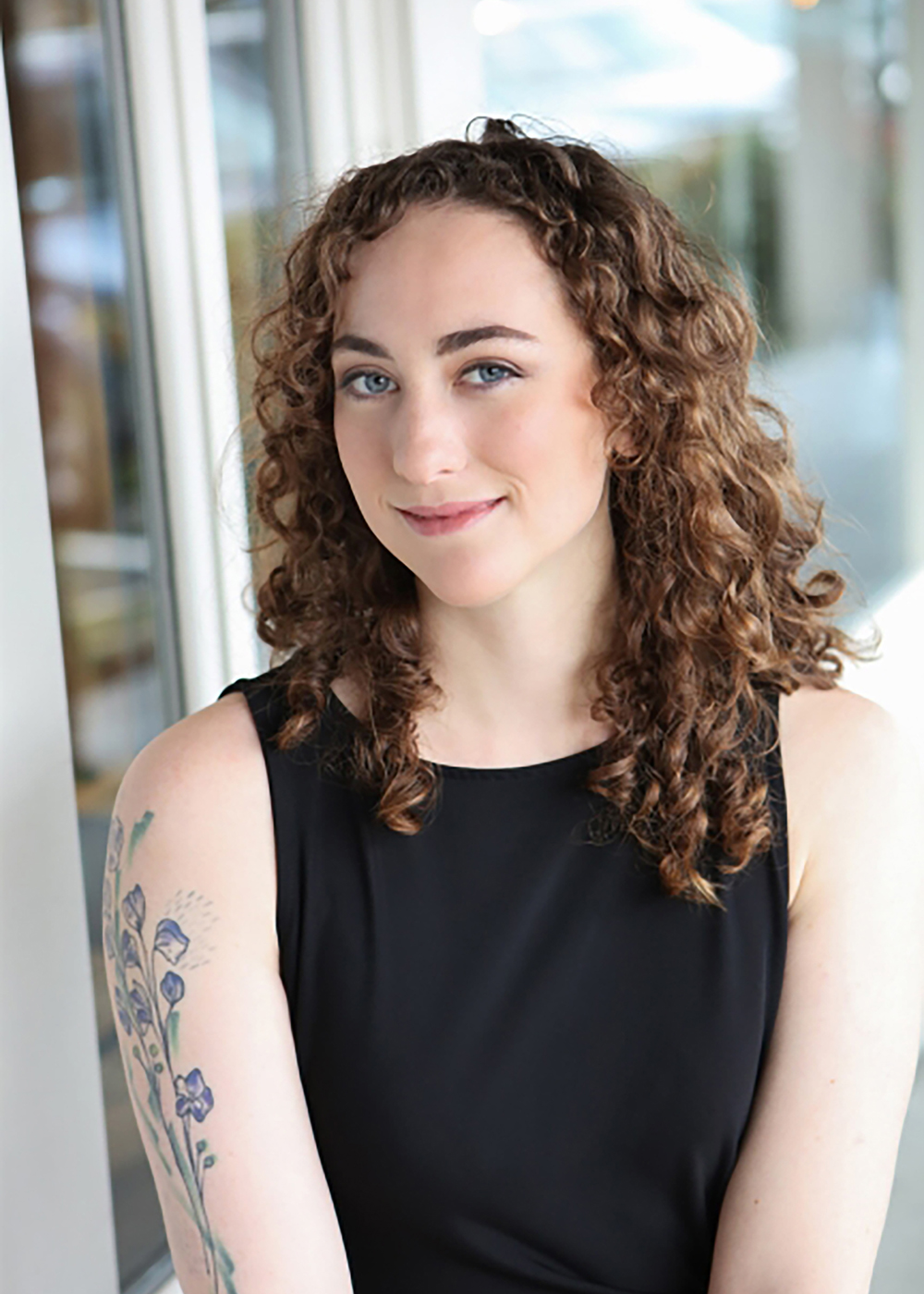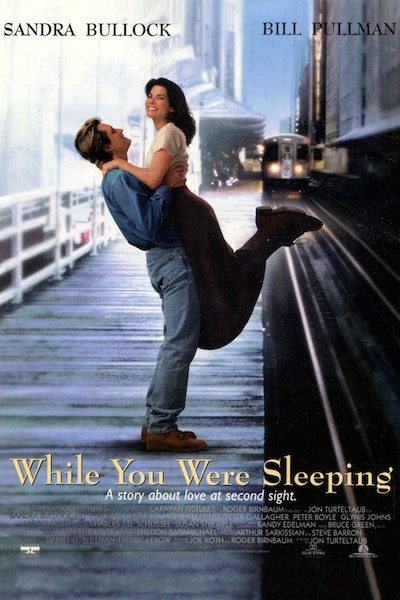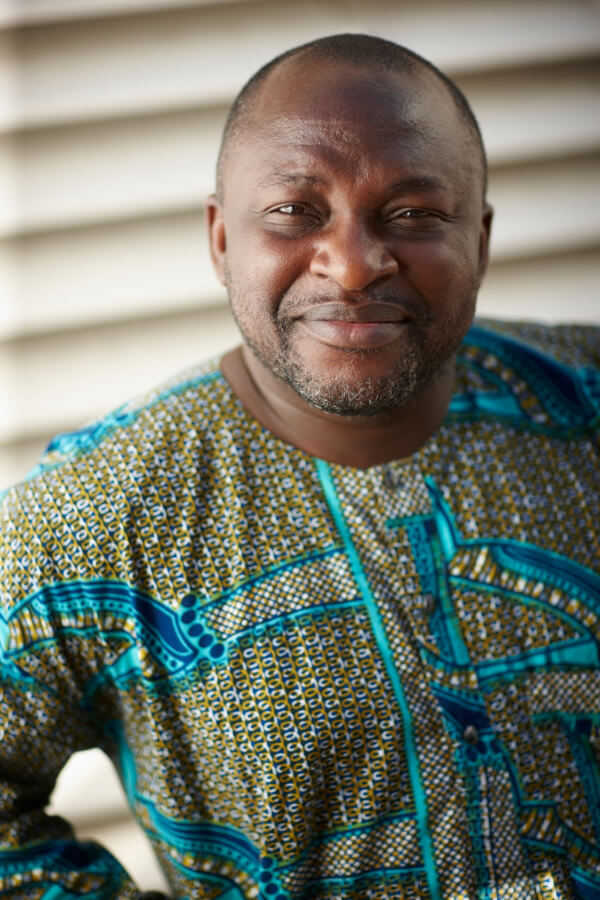Literature has always had the power to create realities around itself. Indeed, this ability has been one of fiction’s obsessions over centuries. As different literary devices come in and out of style throughout history, one of them has remained relevant for at least a couple of millennia: the framed narrative. We are all familiar with this form of storytelling, which can be found in works as dissimilar as the Odyssey, the One Thousand and One Nights, the Decameron and Ethan Frome. For expediency’s sake, here’s a made-up example:
The express train had been streaking through the stormy night for hours, which is why it was curious that the man who came into my compartment was shivering and soaked to the bone. He took the seat opposite mine, wiped his face, and, after struggling to light a wet cigarette, started to speak in a whisper that grew louder as he warmed up:
This, of course, is followed by the story that explains how the man came to hop on board a fast-moving train in the middle of the night. But that’s not quite relevant right now. The most important part of this example is that final colon. This is the graphic boundary between two different planes of reality—and what a beautiful coincidence it is that the colon should resemble a hinge! Of course, not all framed narratives feature this punctuation mark (although a lot of them do: Borges, a master of the framed tale, often uses them just like this), but it provides a helpful way of seeing how these two levels interact. On this side of the colon, what passes for the real world; on the other side, the realm of storytelling.
“We understand the world through stories. Is it that surprising, then, that their texture, slant and tone should condition what we perceive to be true?”
Part of why this is such a successful device has to do with the geography of the text. The frame is quite literally closer to you, the reader, than the story it contains. And it’s this physical closeness to reality (to the person holding the book) that makes the framing story more believable. Meanwhile, the framed story, by virtue of being removed, serves as a tacit reminder of that closeness. (Also, the soaked man’s tale may turn out to be outlandish, but wouldn’t that, by contrast, make the circumstances of the narrator in the compartment even more plausible and believable?) We experience this more acutely in those stories where we forget there was a frame, only to, in the final chapter, return to it. After the soaked man’s account of his adventures, we find ourselves, once again, in the safety of the compartment. The feeling upon returning to the frame—and this is quite telling—can resemble that of waking up from a dream. We are back in “the real world.” In short, framed stories create a gradation of reality. And in this scale, the frame is the closest we can get to the referential world.

Yet when we read Don Quixote, Frankenstein or Wuthering Heights, we think of the knight-errant fighting windmills, of the creature seeking revenge on its creator, of the mercurial antihero roaming the Yorkshire moors. These are the characters and events that immediately come to mind. However, this is not what these novels are, strictly speaking, about. Don Quixote is about a person reading a translation of an Arabic manuscript. Frankenstein is about a sea captain writing letters to his sister. Wuthering Heights is about a housekeeper talking by the fire as she does her needlework. This is all that happens in these novels—on this side of the colon. The fact that we tend to forget these scenes containing the stories shows how effective these frames are at mimicking “the real thing.” Because it is always there, reality can afford to be taken for granted, disregarded and even forgotten.
These stories (about the mad knight, the friendless monster, the haunted lover) have severed their ties to the referential world. They are quite literally surrounded by fiction (the tales about the translator, the captain, the servant). Their context is no longer life but literature. This, of course, enhances the verisimilitude and lifelikeness of the novels—because literature is no longer trying to copy anything outside itself.
Framed narratives show us something important about the way in which we understand the world through fiction. If a proper context can be created around a story, it will stand a much better chance of being believed, since the parameters of truthfulness have been established beforehand. The referent for this sort of fiction is another fiction. And it is we, in the end, who have been framed.
“Don Quixote is about a person reading a translation of an Arabic manuscript. Frankenstein is about a sea captain writing letters to his sister. Wuthering Heights is about a housekeeper talking by the fire as she does her needlework.”
These were some of the thoughts behind my latest novel, Trust. What is the relationship between literature and reality? To what extent is our everyday life a framed narrative? And what are the stories that frame our quotidian experience?
I became interested in how many historical accounts regularly reveal themselves to be, at least to some extent, fabrications—narratives distorted for political gain. Still, these fictions have a direct impact on our lives. Although we know that with some regularity they will be questioned, transformed and even debunked, a great part of our identity is defined by these stories.
Another of these public fictions is money. It’s an all-encompassing illusion with all-too-real effects. There’s nothing material or tangible that links a dollar bill to the value it represents (and in this, money resembles language). Its value is the result of a long series of conventions. It’s make-believe. All money is, at heart, play money. And all of us have gathered, voluntarily or not, around the board.
Trust, then, explores the very material consequences fiction can have. The book is made up of four different “documents”—a novel-within-the novel, two memoirs and a diary—and the reader is enlisted as a textual detective in order to come up with a possible version of the truth behind these stories. Part of this quest will challenge the contracts we enter into when we engage with narratives of any kind—literary, historical, political, financial. More than asking itself how literature imitates life, Trust interrogates how the stories we tell shape the world around them. We understand the world through stories. Is it that surprising, then, that their texture, slant and tone should condition what we perceive to be true?
I wouldn’t say that Trust, as a whole, is a framed narrative in a traditional sense. But each layer in the novel creates a reality for the others. It’s hard to reveal more without giving too much away. Let’s just say, expanding the little example I made up at the beginning of this essay, that once the soaked man is done with his story, neither his listener nor the reader will be so sure about that train’s destination.
Read our starred review of Trust by Hernan Diaz.
Photos of Hernan Diaz by Pascal Perich.






















